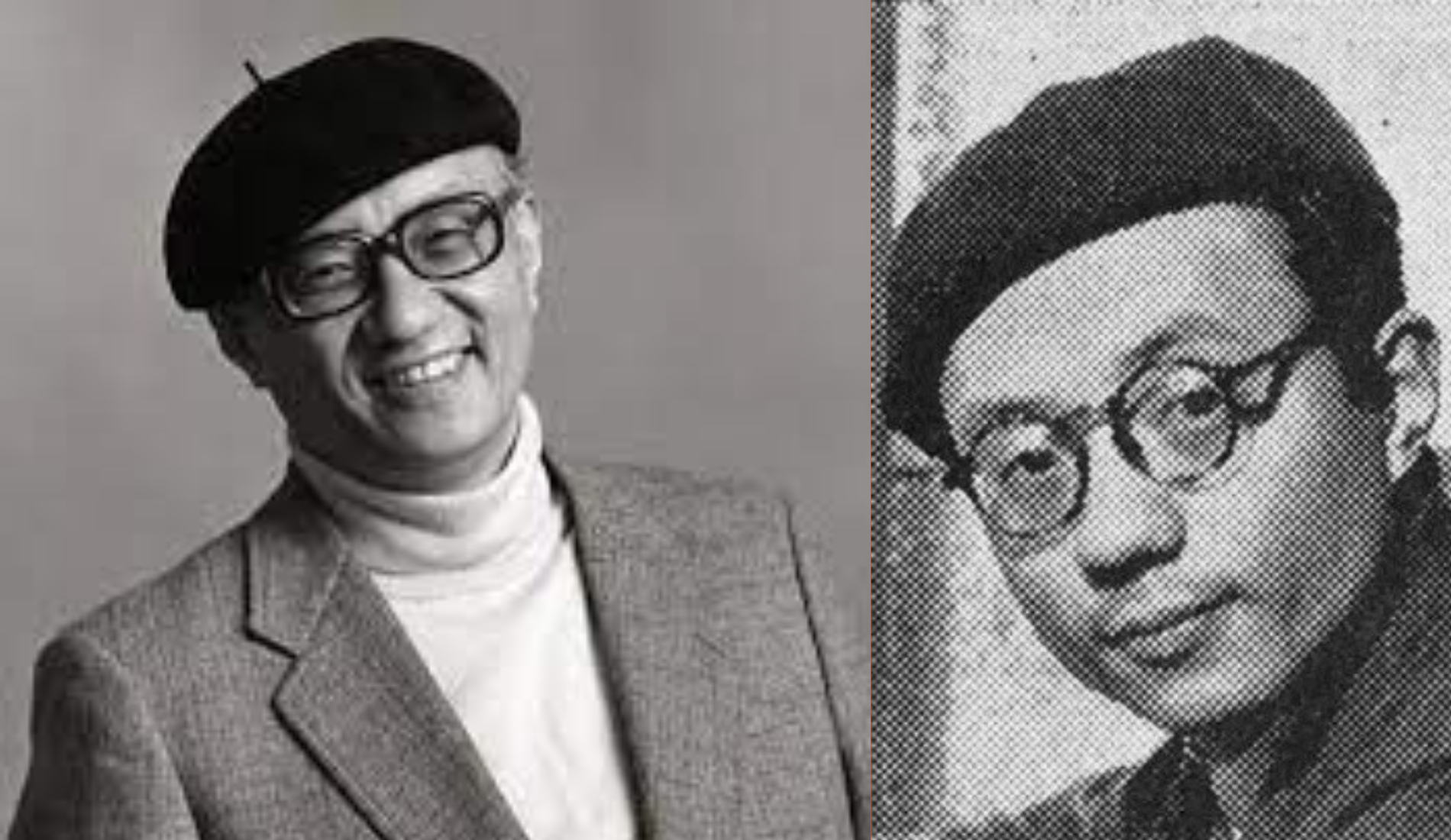If you’ve been mesmerized by the magic of anime or the artistry of manga, you’ve got Osamu Tezuka to thank. Called the “God of Manga” and the “Father of Anime,” Tezuka’s impact on Japanese pop culture is unmatched. What a phenomenal contribution, not just to the forms of art that we love, but to generations of practitioners. But who was Osamu Tezuka, and what makes his legacy so resonant all these decades after his death? So, let us look at this visionary artist’s life and career.
Early Life and Inspiration
The Japanese artist Osamu Tezuka was born on Nov. 3, 1928, in Toyonaka, Osaka Prefecture, Japan. As a child, he was mesmerized by Disney animation and Western comic strips—two art forms that would later inspire his drawing style. The lush and expressive eyes of the Disney characters have inspired the striking “large eyes” style that has become a trademark in anime.
Tezuka initially pursued a medical degree, earning his qualification as a doctor. However, his passion for storytelling and art led him to dedicate his life to creating manga and animation, a decision that would revolutionize the industry.
Tezuka’s Contribution to Manga
Before Tezuka, manga was often simplistic, with limited storytelling techniques. Tezuka changed this entirely by introducing cinematic pacing, complex narratives, and emotional depth. Some of his most famous works include:
Astro Boy (Tetsuwan Atom):
This 1952 series about a robot child with a human heart is still one of the most beloved works in manga and anime history. It was also one of the earliest manga to receive an anime adaptation.
Black Jack:
A riveting story of an unlicensed surgeon with unique skills who dabbles in Tezuka’s medical training and love for ethical conflict.
Phoenix (Hi no Tori):
Often regarded as his magnum opus, Phoenix is an epic exploration of life, death, and rebirth told through interlinked narratives that leap across eras.
Kimba the White Lion (Jungle Taitei):
A touching tale about a lion cub striving to create peace between animals and humans, which also became an influential anime series.
Pioneering Anime
Tezuka wasn’t just a manga trailblazer—he was also instrumental in shaping the anime industry. In 1961, he founded Mushi Production, one of the earliest animation studios in Japan. Through this studio, Tezuka brought his manga stories to life on screen. Astro Boy became Japan’s first serialized TV anime, introducing the fantastic world to the anime format that became a worldwide sensation.
His style of animation was new yet cheap. Through techniques such as limited animation (repeating frames and backgrounds), he made it possible to produce anime quickly and cheaply, a practice the industry still uses today.
A Legacy That Lives On
Osamu Tezuka died in 1989, but his influence is still felt in the anime and manga industry. The way he narrated, his artistic mediums, and his concepts have inspired countless creators. The themes about his works — humanity, ethics, coexistence — resonate more than ever, as he finds fans in every corner of the world.
Today, Tezuka is celebrated as a cultural icon. His work has been shown in museums, adapted into contemporary retellings, and analysed by scholars. He genuinely deserved the title of the “God of Manga”; his legacy is timeless.
Closing Thoughts:
Osamu Tezuka did not only create; he also pioneered, dreaming bigger & bolder than anyone before him. His work laid the foundation for the anime and manga industry. So, the next time you watch your favourite anime or dive into a new manga series, take a moment to thank Tezuka for making it all possible.






Add comment
You must be logged in to post a comment.